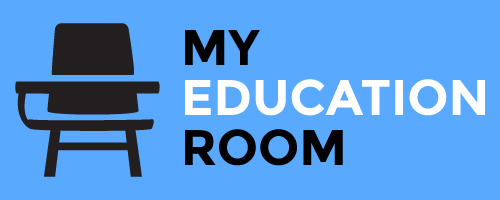Saddle stitch booklet maker pre-press process design requirements
Saddle stitch booklet maker is one of the common ways of book binding, suitable for mass publications with small print volume, low binding quality requirements, short printing and binding production cycle, and low cost.
To ensure the binding quality of books and periodicals, the saddle stitch booklet maker process pre-press design should be completed according to the production equipment and process characteristics of each printing enterprise.
1. Make the head and feet together
Judging from the operation of the equipment of the saddle stitch booklet maker linkage line, it can be seen that the head-to-head and foot-to-head imposition can meet the production requirements. Therefore, when designing the layout, you should fold it in the direction of the header and page number as much as possible to make the quality of the binding product stable.
2. Increase the size of the smooth edge (folding)
After the normal saddle stitch booklet maker product is bound, the three sides need to be polished 3mm each. For example, the width of the paper material can be increased by 1~2mm by an appropriate amount. The reason is that the saddle stitch booklet maker booklet relies on chains, belts, and guide rails to drive positioning, cover, and receive. The booklet jumps a lot during cutting (usually 0.5~1.0mm, throw angle 1~2mm), smooth edge size Increased printing in Kunming can prevent binding failures such as continuous pages and shrinking pages.
If the paper size is not allowed, you can cut 0.5~1.0mm more on the folded end face (full head or foot). In the pre-press production, it is necessary to consider increasing the cutting to meet the construction requirements.
Printing notes:
(1) The first piece of sheet-fed offset printing press inspection should be folded according to the specifications of the binding process. The positioning requirements for the proofreading version are: the inner post is longer than the outer post; the requirements for rotary printing are the same. If it is difficult to adjust in place due to equipment reasons, the inner and outer posts should be folded flat, with a tolerance of less than 2mm, to prevent improper paging and improper ordering, which may cause the finished product to be cut.
(2) The positioning of the proofreading version of the same set of books must be consistent, so that the saddle stitch booklet maker can block (push) the posts in order to ensure that the detection and tracking maintain a good monitoring state.
(3) Control the water and ink balance, and the water content should be minimum to prevent excessive deformation of the signature and increase the difficulty of binding and folding construction.
(4) Strict quality control, double-sheet detection mechanism and other calibration components should be adjusted when single-sheet printing is performed to prevent empty sheets, multiple sheets, crooked sheets, inaccurate overprinting, color leakage, misprints, different ink shades, and dirty Pollution, damage and other quality accidents.
(5) The signatures printed by the rotary machine should be folded and deflated to keep the pages from wrinkles. After the ink dries, the printed book signatures are clamped on both ends of the book signatures with a wooden board, each 400-500 posts, to prevent the signatures from being deformed, and to facilitate the saddle stitch booklet maker to set up the booklet smoothly.
If you are interested in our products, welcome to contact us: collating machine supplier.






